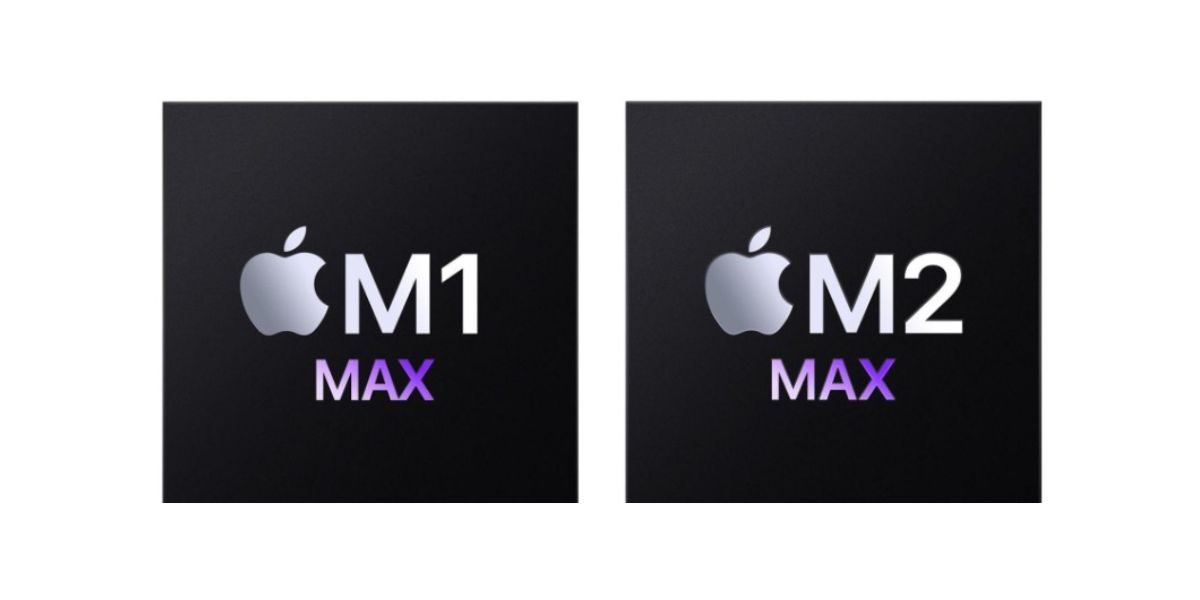The Apple M1 Max wowed us with its groundbreaking performance when it launched in late 2021, setting a high bar for professional-grade computing. Fast forward to the M2 Max, and Apple promises even better performance, improved efficiency, and additional features. But the big question remains: Do you really need to upgrade?
Let’s dive into the key differences between the two chips and help you decide if upgrading is worth your while.
Performance: Faster or Just Fast Enough?
The M1 Max was built for power users, offering up to a 10-core CPU and 32-core GPU, making it a beast for tasks like video editing, 3D rendering, and machine learning. When the M2 Max hit the scene, Apple pushed the boundaries further with up to a 12-core CPU and 38-core GPU. This means the M2 Max delivers approximately 20% faster CPU performance and 30% better graphics performance compared to its predecessor.
Verdict: If you’re a creative professional who relies on cutting-edge performance for rendering 8K video or working with complex 3D designs, the M2 Max could be a game-changer. But if you’re happy with the speed of the M1 Max, you may not feel the difference in everyday tasks.
Unified Memory: More Power for Multitasking
The M1 Max supports up to 64GB of unified memory, which is already overkill for most users. The M2 Max ups the ante with support for up to 96GB of unified memory. If you’re running multiple virtual machines, working with massive datasets, or rendering massive projects, that extra memory will come in handy.
Verdict: Only the most demanding users will benefit from this upgrade. For most people, the M1 Max’s memory capacity is more than sufficient.
Battery Efficiency: A Small but Noticeable Improvement
Apple’s M2 Max offers better power efficiency thanks to its 5nm second-generation process, meaning you’ll get slightly longer battery life during heavy workloads. While the difference might not seem dramatic, every extra hour counts when you’re working on the go.
Verdict: If battery life is critical to your workflow, the M2 Max is the better choice. But if you primarily work plugged in, the M1 Max will still hold its own.
Media Engine: A Boost for Creators
Both chips feature Apple’s powerful media engine, which offloads tasks like video encoding and decoding. The M2 Max takes it further with hardware acceleration for ProRes and ProRes RAW workflows, allowing for faster rendering and playback of high-resolution content.
Verdict: If you work extensively with ProRes formats, the M2 Max will save you time. Otherwise, the M1 Max remains a strong performer.
Pricing: Is the Upgrade Worth It?
Let’s talk money. The M1 Max-powered MacBooks and desktops are often available at discounted prices, making them a more affordable option in 2024. The M2 Max models, on the other hand, are available for a significantly higher price, which can feel steep for only incremental improvements.
Verdict: Unless you absolutely need the added performance, the M1 Max offers better value for money, especially when factoring in prices.
Who Should Upgrade?
- Upgrade to M2 Max if:
You’re a professional content creator, data scientist, or developer working with the most demanding tasks and need cutting-edge performance, additional memory, or the best ProRes support. - Stick with M1 Max if:
You already own an M1 Max device, and it meets your needs without breaking a sweat. The performance gains of the M2 Max, while impressive, may not justify the cost of upgrading for most users.
Conclusion: M1 Max or M2 Max?
The M2 Max is undeniably more powerful and efficient, but for most users, the M1 Max remains a formidable chip that delivers top-tier performance. If you’re buying a new machine, the M2 Max is the logical choice. But if you’re debating whether to replace your M1 Max, ask yourself: Do I truly need the extra power? For most people, the M1 Max is still more than enough in 2025.
Let us know in the comments: Are you sticking with the M1 Max, choosing the M2 Max or going all out for the M4?




